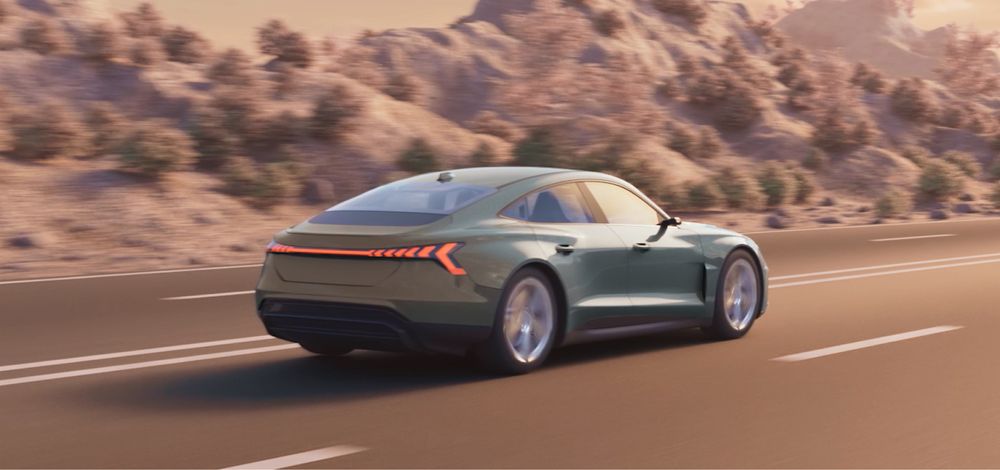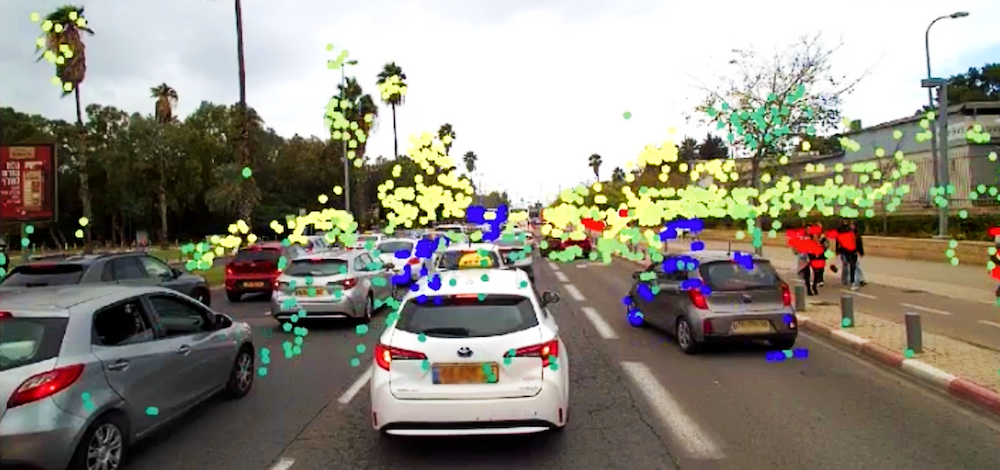blog
|
November 20, 2025
Tackling global regulations and safety standards
A conversation with Mobileye's Sensing Product team

Perspectives shared here reflect the opinions of members of Mobileye’s Sensing team and do not represent the company’s official position.
OEMs might be wondering what to prioritize with so many regulatory considerations across multiple geographies. We sat down with Mobileye’s Nir Hamzani, Regulation Manager for Assisted and Automated Driving and Shai Hershkovich, Senior Director of Sensing Product Management, whose day-to-day include studying and sharing information within Mobileye regarding current and future industry regulations, to share their personal perspectives.
What regulatory considerations should OEMs prioritize?
To answer that, we should first zoom out and look at the bigger picture. Regulations are a broad term, which can include mandatory rules and assessment programs. For example, Euro NCAP is a car assessment program that provides an evaluation of vehicle safety systems in order for consumers to make comparisons. It’s not mandatory regulation as such, but it is something that consumers look for. Many countries have their own car assessment programs, similar to NCAP, each with its own objectives, for example, China has recently added requirements and standards around electric bikes and scooters. There are mandatory regulations that OEMs have to adhere to in the respective country to sell in that market. When it comes to assessment programs, users rely on these to make comparisons, so ratings hold a lot of weight. These considerations can directly impact production planning, for instance, an OEM may need to integrate a front parking camera to improve safety, but must do so in a way that doesn’t obstruct the driver’s view over the hood.
As autonomous driving is a new industry, how are safety benchmarks established?
Well, it is important to note that because the field is still so new, common safety standards have been slow to take shape. AVs need to become more widespread before regulations can fully catch up. Over time, as the industry grows, clear rules for testing, performance, and safety management will develop and lead to stronger and more consistent safety benchmarks.
Let’s look at the ADAS sector. All these assessment programs are continually updated, with regulators tracking and classifying accidents for different scenarios, altogether, setting safety benchmarks. In each program, they try to widen the envelope to prevent further accidents and fatalities. These programs also enable consumers to compare different vehicles with safety scoring. Different actors in the industry and regulators are working together to set these thresholds as ADAS technology expands. It would also be fair to say that the narrowing gap we see between ADAS and AV capabilities brings more regulations related to driver engagement. For example, the R79 initially told carmakers what’s allowed when a vehicle steers itself, at least partly by ensuring the driver is fully engaged through warnings.
However, EU regulation is becoming even more stringent with the recent adoption of DCAS regulation (Driver Control Assistance Systems) that requires level 2 vehicles to include a dedicated Driver Monitoring System (DMS) to monitor driver engagement. China is following a similar path with its upcoming CDAS framework (Combined Driver Assistance Systems), which also requires a DMS to be installed.
Do you think there ever will be a global standard for safety ratings?
That’s hard for us to determine, but for now we think that’s unlikely. Each region has its own regulatory body and approach. These organizations work independently, and their standards reflect local realities, things like road design, infrastructure, driving culture, climate, and even societal norms. That said, many consider the Euro NCAP five-star rating as an established top global benchmark for vehicle safety, and premium automakers routinely design their vehicles to hit Euro NCAP‘s mark, despite its specificity to Europe.
In practical terms, what are the key differences in regulations you see between the U.S. and Europe?
That is a good question because we see these markets acting differently. The U.S. currently has no federal regulations around autonomous driving. For example, you cannot drive certain brands in Europe with the same functionality as in the U.S. Some have an autonomous function, but they can only currently be driven in a country where specific permissions were granted from the relevant authorities in order to conduct testing.
Furthermore, it’s important that we distinguish between testing and commercial deployment. In the U.S., there’s no federal law restricting AV testing, automakers can test autonomous vehicles in most U.S. states under state-specific permits, even if those vehicles aren’t yet approved for commercial use. For example, robotaxis are being tested in San Francisco and Los Angeles in California, and in Phoenix, Arizona. Meanwhile, Europe has been introducing regulations to operate autonomous capabilities such as hands-off driving. And it’s worth noting that these are L2 partially autonomous capabilities under a safety driver, not fully autonomous driving. So now, if a driverless service were to be launched in London for example, authorization by the local government is needed.
What are the upcoming regulations for ISA (Intelligent Speed Assist), and how effective is it in reducing accidents?
We’ve read plenty of research on speeding-related road accidents and there’s a very clear understanding about this as we see it. From July 2024, all new cars in Europe have to be fitted with a mandatory Intelligent Speed Assist System. Other regions are currently looking to Europe to understand the impact of implementing ISA and the results will likely be published in the next two or three years to demonstrate its impact. For each region or country, bringing the technology in as a regulation will depend on their specific objectives and how much they want to increase road safety.
But how can OEMs manage or optimize their production strategies for features such as ISA that have different regional standards?
Well, there are mandatory requirements for different regions that OEMs must adhere to. For example, all vehicles in Europe must include ISA or emergency braking systems. OEMs producing low-cost vehicles for the European market need to integrate a front camera to comply with GSR regulations. These requirements, and the level of specification, must be considered early in the design stage.
Finally, how does the upcoming FMVSS update impact OEMs planning for automated driving?
Well, first we have to note that the upcoming FMVSS-127 update is still being finalized. However, we think understanding its direction can help OEMs plan ahead. For them, aligning early with the intent of these evolving standards supports smoother validation and readiness once new requirements take effect. And although the U.S. framework remains more flexible than Europe’s type-approval model, these developments point to a global shift toward stronger safety assurance and data-driven evaluation in ADAS.
Share article
Press Contacts
Contact our PR team








